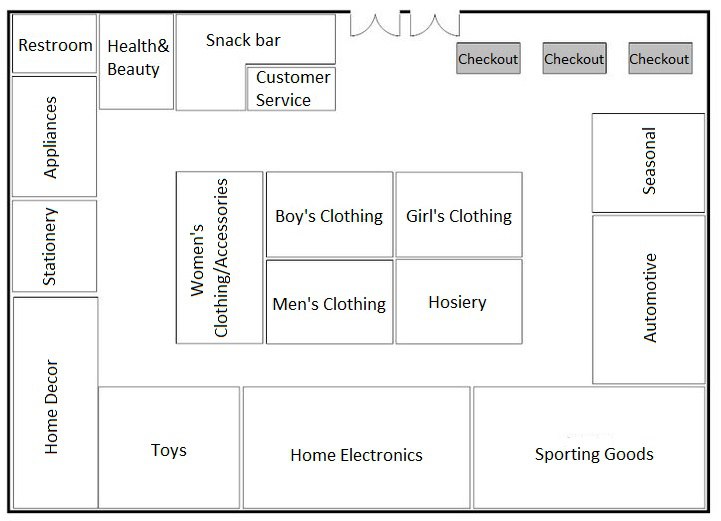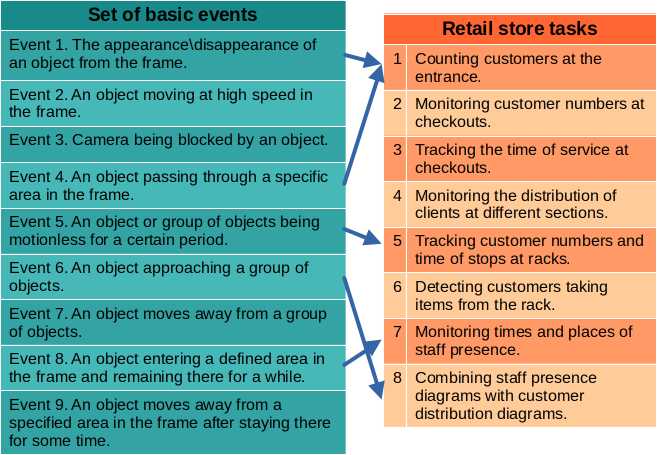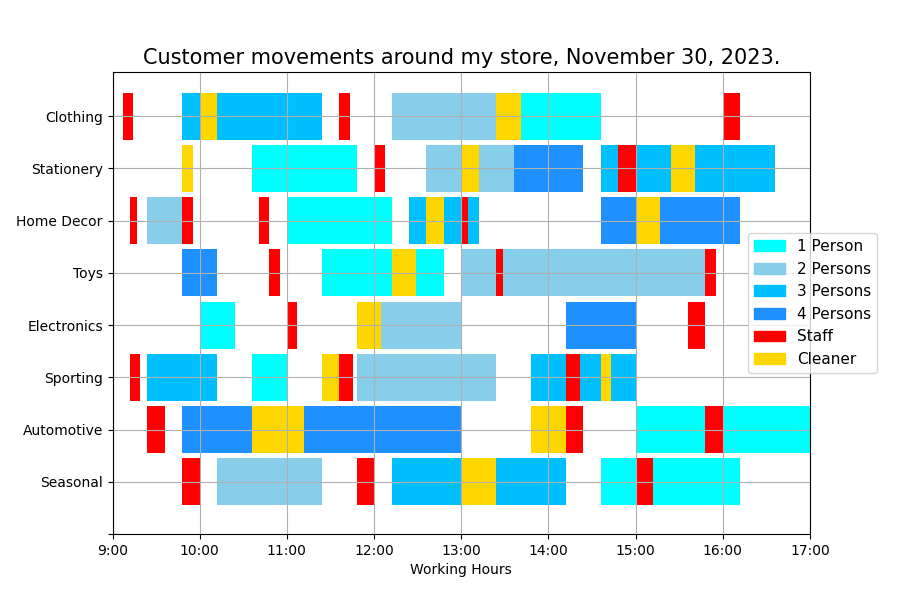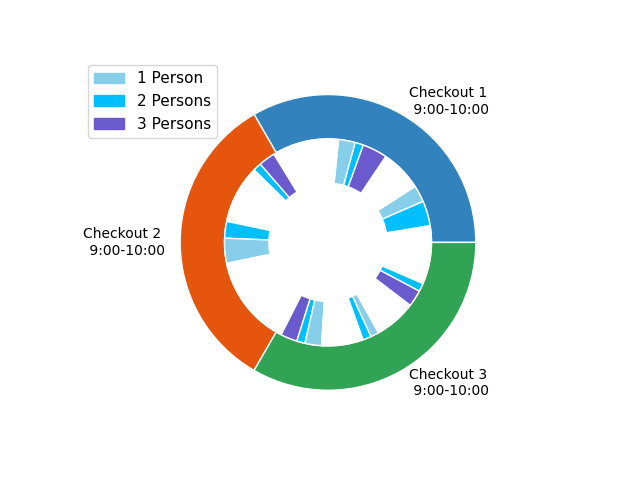7 minutes read
Retail Revelation: Video Analytics Unleashed
Enhance security, improve customer service, optimize store layout, monitor foot traffic, analyze customer behavior, and gain valuable insights to make informed business decisions.
Alex Dzyuba
10/12/2023 11:21 AMVideo analytics allows retailers to effectively manage operations, enhance the shopping experience, and drive business growth by leveraging data-driven strategies.
Video analytics tools developed by LettiNotes.com empowers businesses to make data-driven decisions, achieve operational excellence, and stay ahead in the market. In this post, we will explore a set of fundamental events derived from video data. Next, we will tailor this set to suit the unique needs of a retail store, showcasing the analytics capabilities derived from the collected data.
Basic set of detected video events
To get build a sophisticated system that can return relevant analytical information we need to start with building blocks — basic events. The simplest set of basic events for our purpose might include, for example, the following events.
- Event 1: The appearance\disappearance of an object from the frame.
- Event 2: An object moving at high speed in the frame.
- Event 3: Camera being blocked by an object.
Let's look at examples of less trivial events.
- Event 4: An object passing through a specific area in the frame.
This event can be used, for example, to monitor doors and corridors.
- Event 5: An object or group of objects being motionless for a certain period.
- Event 6: An object approaching an object or group of objects.
- Event 7: An object moves away from an object or group of objects.
These events can be used to monitor the movement of customers in different sections of a retail store.
- Event 8: An object entering a defined area in the frame and remaining there for a while.
- Event 9: An object moves away from a specified area in the frame after staying there for some time.
This pair of events can be used to monitor specific areas of the frame.
At LettiNotes.com, we can customize the above basic events to meet the specific needs of a business, such as monitoring the activities of a retail store..
Retail store — customized tasks set

We’ll break retail store custom tasks into three groups.
The first group involves tasks related to customer movement at the entrance and checkouts, such as (1) counting customers at the entrance, (2) monitoring customer numbers at checkouts, and (3) tracking the time of service at checkouts.
These tasks are crucial for enhancing customer experience, optimizing store operations, and improving security measures.
The second group includes tasks related to customer movement around the sections of the retail store, such as (1) monitoring the distribution of clients at different sections, (2) tracking customer numbers and time of stops at racks, and (3) detecting customers taking items from the rack.
Monitoring these tasks provides valuable insights into customer behavior, operational efficiency, and security, enabling data-driven decisions to improve performance.
The third group encompasses tasks related to staff movement around the sections of the retail store, including (1) monitoring times and places of staff presence and (2) combining staff presence diagrams with customer distribution diagrams.
Monitoring these tasks helps retailers track key metrics and identify areas for improving employee productivity, enabling them to make informed decisions to enhance operational efficiency.

Examples of several connections between basic events set and custom tasks.
The implementation of each custom task includes the detection of several basic video events. The figure illustrates examples of relationships between tasks and events.
Monitoring results can be visualized in the form of diagrams. Various custom tasks can be combined into a single diagram. For instance, customer movements around the sections of the retail store can be juxtaposed with the diagram of the staff and cleaners’ movements.

Diagram of the movement of customers, staff and cleaners around the retail store..
Various types of visual diagrams can be used. Here is an example of monitoring the number of customers at checkouts.

Distribution of number of customers at checkouts.
The algorithms developed by LettiNotes.com have the capability to detect and track objects in the frame. They also consider the relationships between events and the context of the current situation. These algorithms can effectively process low-resolution videos captured in low light conditions. This addresses both privacy requirements and the typical lighting conditions in the environments we serve.
You can also select the most important, in your opinion, retail store monitoring tasks.
Select
Retail Task
Alex Dzyuba
Sales Manager
Interested in Deep Learning, Predictive Modelling, Statistical Analysis.